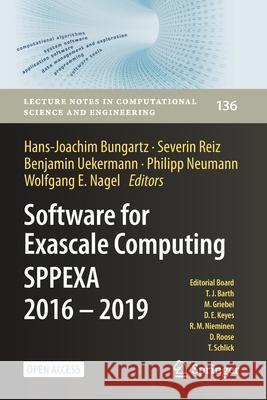Software for Exascale Computing - Sppexa 2016-2019 » książka
topmenu
Software for Exascale Computing - Sppexa 2016-2019
ISBN-13: 9783030479589 / Angielski / Miękka / 2020 / 620 str.
Software for Exascale Computing - Sppexa 2016-2019
ISBN-13: 9783030479589 / Angielski / Miękka / 2020 / 620 str.
cena 161,36
(netto: 153,68 VAT: 5%)
Najniższa cena z 30 dni: 154,18
(netto: 153,68 VAT: 5%)
Najniższa cena z 30 dni: 154,18
Termin realizacji zamówienia:
ok. 22 dni roboczych
Dostawa w 2026 r.
ok. 22 dni roboczych
Dostawa w 2026 r.
Darmowa dostawa!
Kategorie:
Kategorie BISAC:
Wydawca:
Springer
Język:
Angielski
ISBN-13:
9783030479589
Rok wydania:
2020
Wydanie:
2020
Numer serii:
000107874
Ilość stron:
620
Waga:
0.87 kg
Wymiary:
23.39 x 15.6 x 3.25
Oprawa:
Miękka
Wolumenów:
01
Dodatkowe informacje:
Wydanie ilustrowane











